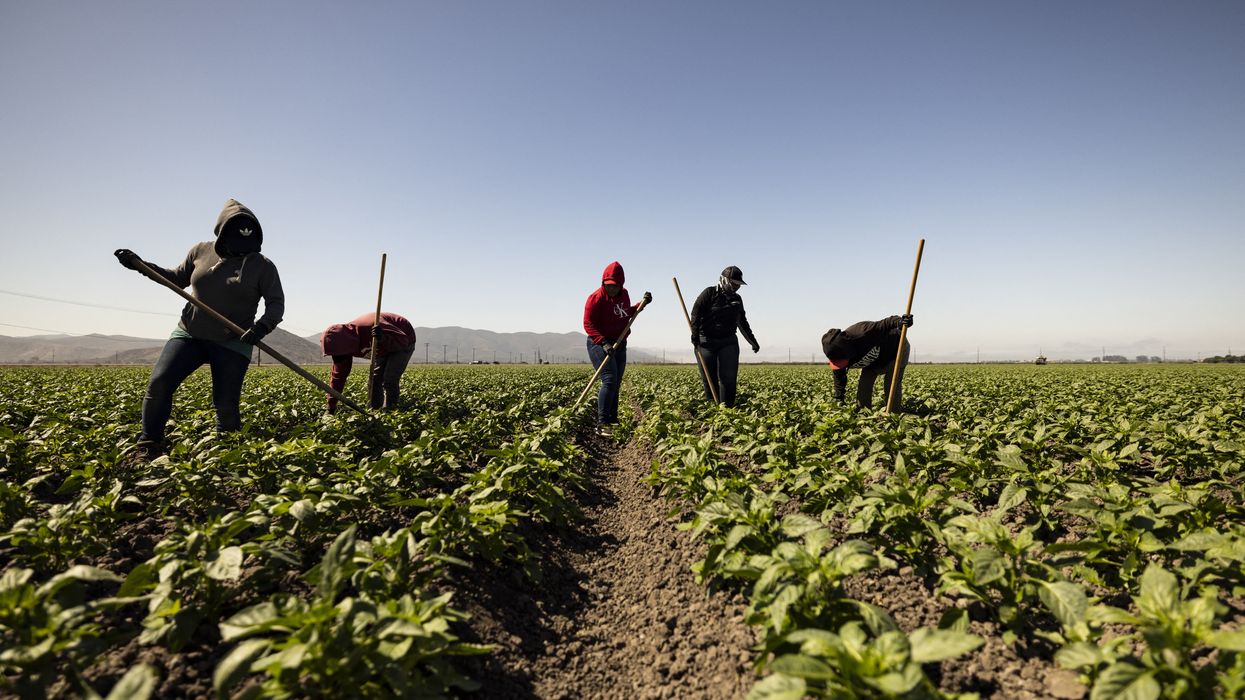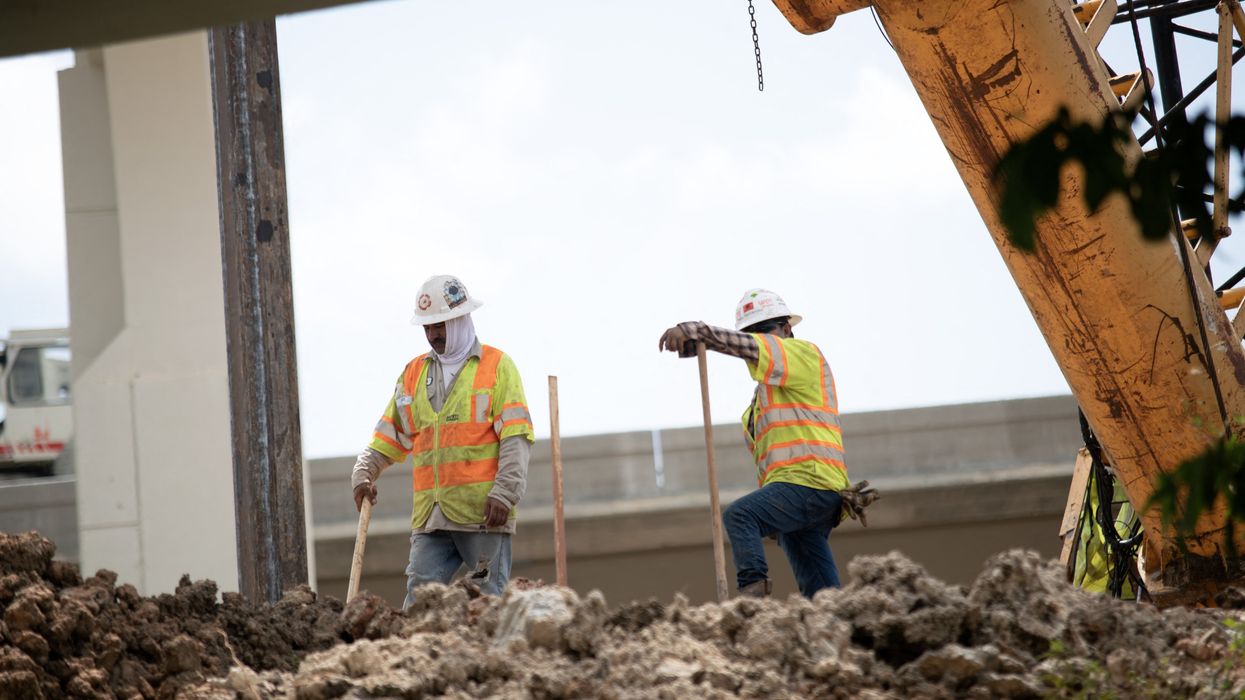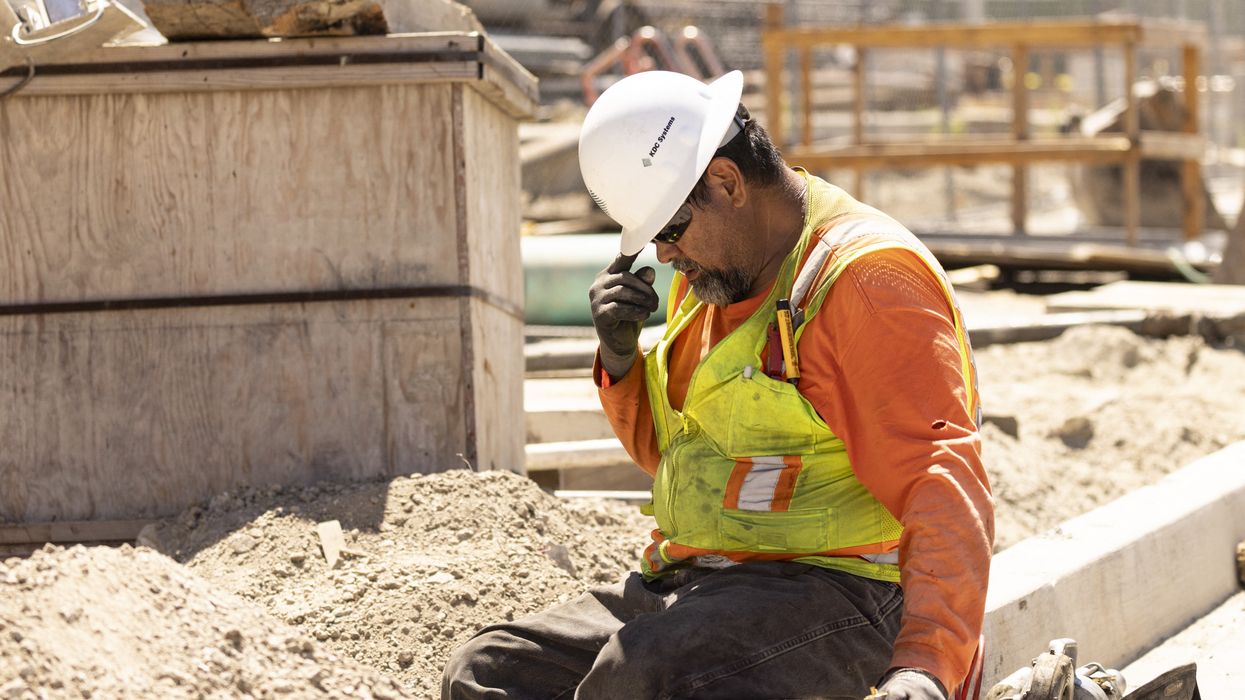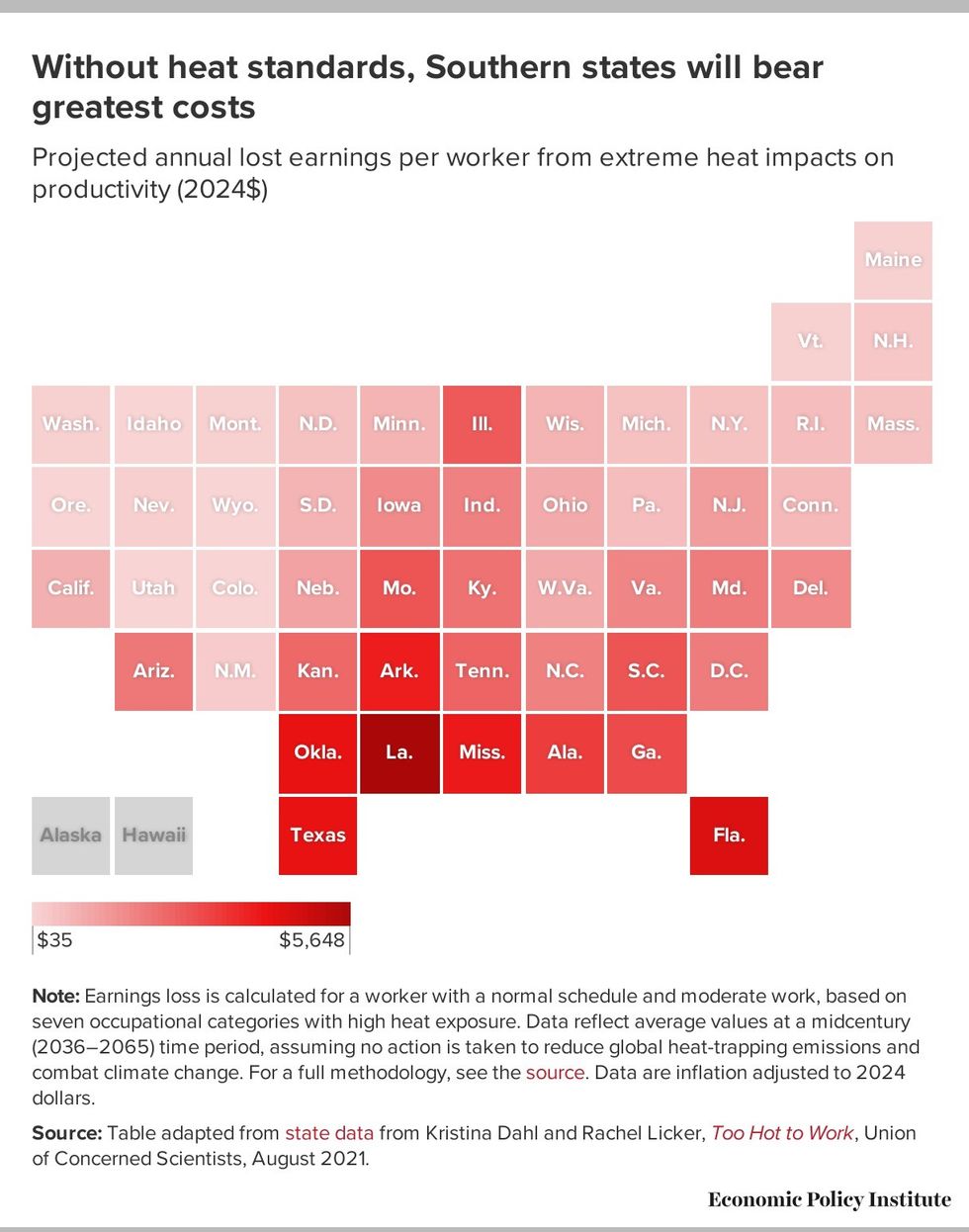From Fields to Kitchens, the Fight Against Extreme Heat Is a Fight for Workers’ Lives
Worker organizing points the way forward, reminding us that the fight for safe working conditions is inseparable from the fight for dignity, racial justice, and migrant rights.
As temperatures shattered records across North America this summer, Jeremiah, a greenhouse worker in Ontario’s Seasonal Agricultural Worker program, stepped inside a plastic tunnel where the heat doubled the 32°C (89.6°F) outside. Within hours, workers fainted and vomited, while supervisors worried only about the plants. Another day, Jeremiah himself had to be carried out on a cart after collapsing.
Unwilling to put up with the conditions any longer, Jeremiah and his coworkers came together on one of the season’s worst days to demand managers implement safer conditions. Using broken Spanish, “tu casa, mucho calor,” they signaled to fellow Mexican, Guatemalan, and Honduran workers to walk out in unison, knowing they’re stronger when united.
Jeremiah’s story is not unusual. Across the food chain, from farm fields and greenhouses to warehouses and kitchens, workers are enduring escalating, life-threatening heat. What is new is how boldly they are organizing for change.
I have been an organizer with Justicia for Migrant Workers (J4MW) for 25 years. In that time, I have seen how rising temperatures and more frequent heatwaves have transformed the daily lives of migrant and food system workers. And I have also witnessed something else: workers resisting, demanding protections, and refusing to be sacrificed to profit and climate inaction.
The climate crisis is not some distant threat; it is here, bearing down on workers who already face some of the most exploitative conditions.
Workers themselves are the most credible experts on what is happening. At a 2024 People’s Tribunal hosted by the Food Chain Workers Alliance (FCWA), dozens of testimonies revealed the same pattern: temperatures climbing, employers refusing to adapt, and workers bearing the cost.
Lelo, a farmworker from Washington, remembers when rain was the biggest concern back when he started picking berries in 2012. "When I started picking berries, I didn’t see workers pass out… in 2022 I saw and heard about many."
A farmworker in Florida, with 18 years in the fields, reported temperatures now reaching 105°F (40.5°C) with little protection from managers. "The bosses do not adapt… There are times when they give us water, but when we tell them it's over, they don't give us more.”
Heat dangers are not limited to farm workers. Lorena, a warehouse worker in Illinois, described how tin roofs trap suffocating heat. “Employers could give workers water or 15 minutes every hour to get some fresh air, or reduce the speed of the machines, but they don’t,” she said. “The office managers don’t notice it because they’re comfortable with air conditioning.”
Ingrid, a restaurant worker in New York, spoke about kitchen conditions: “The heat is overwhelming, tiring, and it lasts all day. There’s no time to go to the bathroom or get a drink of water. The only thing we can do is hydrate before we get in and use wet towels on our bodies while we work.”
These are not isolated grievances; they are the lived realities of a workforce that feeds millions while being denied basic safety.
International agencies have started to catch up. The World Health Organization and World Meteorological Organization recently warned that “protecting workers from extreme heat is not just a health imperative but an economic necessity.” Their new report underscores what workers have long said: Productivity drops as temperatures rise, and unchecked exposure leads to kidney disease, heatstroke, and premature death. According to the International Labour Organization, more than 2.4 billion people worldwide are exposed to workplace heat stress. That is nearly1 in every 3 workers on Earth.
Yet policymakers in North America are moving backward. In Ontario, the provincial government promised heat protections in 2023, only to quietly kill them a year later. In the United States, agricultural and construction lobbyists have stalled a federal heat stress law. These retreats are not neutral; they are a direct assault on racialized and immigrant working-class communities, who make up the backbone of the food system.
Faced with government inaction, workers are taking the lead. This summer, on one of the hottest days yet, Ontario farmworkers and allies staged a street protest. They fried eggs on the pavement outside the Ministry of Labour and inside a car that reached 68°C (154.4°F). Their message was unmissable: The conditions we endure at work are deadly. When the minister refused to act, they called it what it was—environmental racism.
Acts of resistance like these are multiplying. Whether walking off the job, holding tribunals, or staging creative protests, workers are asserting that survival should not depend on employer goodwill. They are demanding enforceable regulations: access to shade and water, mandated rest breaks, and the right to stop work in unsafe conditions. And they are insisting that climate justice is part of migrant justice. Because for local workers and seasonal guest workers alike, it's nearly impossible to exert your right to protections when employers can hold the threat of immigration law over your head. That's why we support permanent status for all migrant workers.
This is a fight that stretches across borders and industries. Under guest worker schemes like Canada’s Seasonal Agricultural Worker Program or the US H-2A system, bosses often pit workers of different nationalities against one another. Yet when Jeremiah and his colleagues risked retaliation to walk out together, they showed the power of cross-border solidarity. That spirit echoes in warehouses, restaurants, and processing plants where workers are refusing to be divided by language, status, or immigration papers.
The climate crisis is not some distant threat; it is here, bearing down on workers who already face some of the most exploitative conditions. Governments may drag their feet, but workers are on the move. Their organizing points the way forward, reminding us that the fight for safe working conditions is inseparable from the fight for dignity, racial justice, and migrant rights.
When the heat rises, so do workers. And if we want a food system that is sustainable, just, and resilient in the face of climate change, we must follow their lead.



